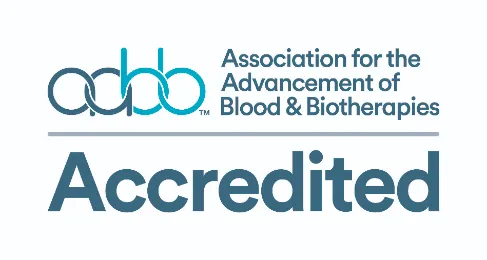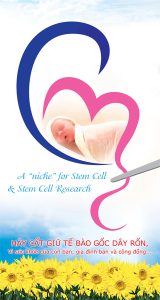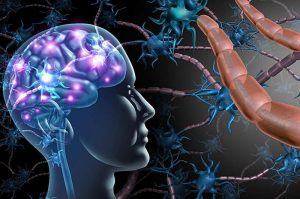Stem Cells Portal, May 17, 2021
A study published in the New England Journal of Medicine shows that an experimental form of stem cell and gene therapy has cured 48 of 50 children born with a deadly condition called ADA-SCID.
Children with ADA-SCID, (severe combined immunodeficiency due to adenosine deaminase deficiency) lack a key enzyme that is essential for a healthy, functioning immune system. As a result, even a simple infection could prove fatal to these children and, left untreated, most will die within the first two years of life.
In the study, researchers at the University of California Los Angeles (UCLA) and Great Ormond Street Hospital (GOSH) in London took some of the children’s own blood-forming stem cells and, in the lab, corrected the genetic mutation that causes ADA-SCID. They then returned those cells to the children. The hope was that over time the corrected stem cells would create a new blood supply and repair the immune system.
The researchers reported outcomes for the children two and three years post treatment.
“Between all three clinical trials, 50 patients were treated, and the overall results were very encouraging,” said Don Kohn, M.D., a distinguished professor of microbiology, immunology and molecular genetics at the David Geffen School of Medicine at UCLA and a member of the Eli and Edythe Broad Center of Regenerative Medicine and Stem Cell Research at UCLA.
“All the patients are alive and well, and in more than 95 percent of them, the therapy appears to have corrected their underlying immune system problems.”
Two of the children did not respond to the therapy and both were returned to the current standard-of-care therapy. One subsequently underwent a bone marrow transplant. None of the children in the study experienced serious side effects.
Reference:
DB Kohn, C Booth et al. Autologous ex vivo lentiviral gene therapy for adenosine deaminase deficiency. New England Journal of Medicine. 2021 DOI: 10.1056/NEJMoa2027675.







